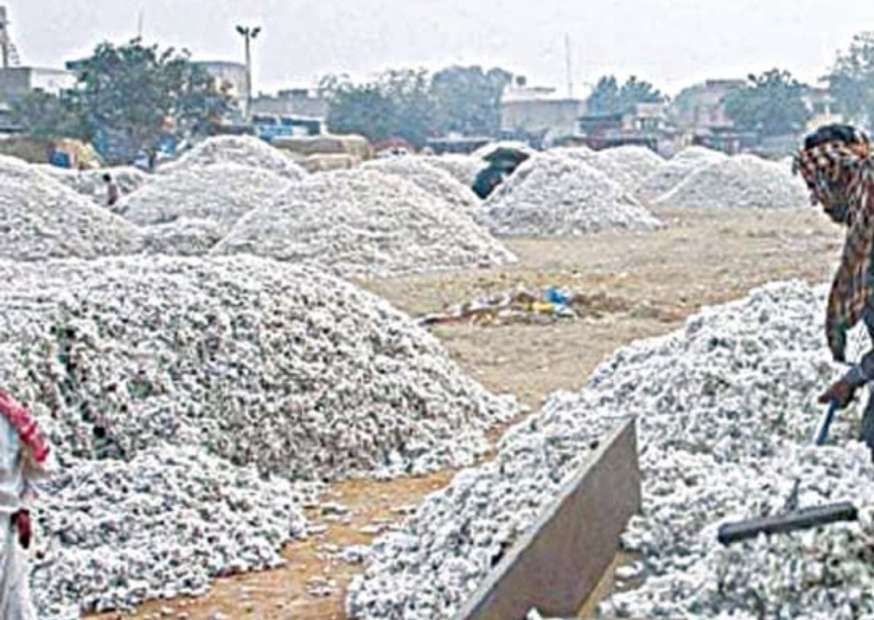LAHORE / PAKISTAN: The cotton sector, once hailed for a promising start this season, is now grappling with a sudden downturn as fresh arrivals to ginneries witness a sharp fall, sparking fears of a looming supply crunch across the textile chain.
According to the latest figures from the Pakistan Cotton Ginners Association (PCGA), seed-cotton arrivals at factories dropped by nearly 30 per cent in the first half of October compared to the same period last year. Around 751,000 bales reached ginneries between October 1 and 15, down from 1.06 million bales during the same period last year.
While overall arrivals since the start of the season still stand 22 per cent higher year-on-year — totaling 3.796 million bales — experts warn that the pace of inflow has slowed considerably, particularly in Punjab and Sindh, raising concerns that the production boom may not last long.
In Punjab, growth dropped from 56 per cent to 28 per cent, while Sindh witnessed a decline from 45 per cent to 19 per cent during the same timeframe. Analysts attribute this sudden dip to an early picking season triggered by prolonged warm weather and early-maturing cotton varieties. Farmers in several areas have already shifted their focus to other crops, causing a premature lull in arrivals.
Market reactions have been swift. Prices of cottonseed (banola) and oilcake have surged by Rs100–200 per maund, now standing at Rs3,600 and Rs3,100 respectively. Lint prices are also expected to rise in the coming days, reflecting tightening supply pressures.
Industry watchers caution that if arrivals continue to slow, Pakistan could face a repeat of last year’s shortfall, impacting both domestic textile mills and export competitiveness. “We are entering a decisive phase — if arrivals don’t pick up soon, this season might end earlier than expected,” a senior researcher at the Central Cotton Research Institute observed.
The slowdown has cast a shadow over Pakistan’s textile industry, the backbone of its export economy, which depends heavily on consistent cotton supplies. Reduced availability could lead to higher production costs, limited output, and increased pressure on profit margins — a worrying sign for one of the country’s most vital sectors.
For now, all eyes are on the next few weeks as the industry braces for what could be a turning point in an otherwise promising season.
This story has been reported by PakTribune. All rights reserved.



